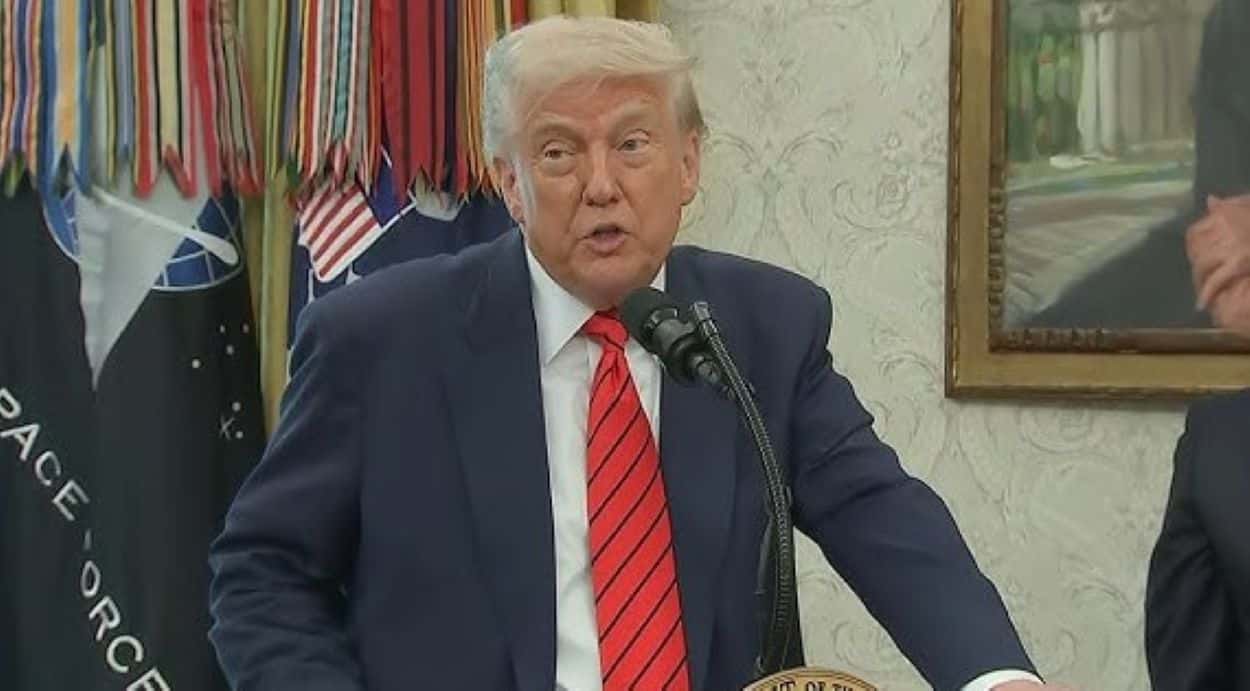On July 7, 2025, U.S. President Donald Trump threatened a 10% tariff on BRICS nations (Brazil, Russia, India, China, South Africa, and others) for alleged “anti-American policies,” escalating trade tensions.
In a Truth Social post, Trump declared, “Any Country aligning themselves with the Anti-American policies of BRICS, will be charged an ADDITIONAL 10% Tariff. There will be no exceptions!” The announcement follows his April 2025 tariff plan, paused until August 1 for trade talks, per CNN. Treasury Secretary Scott Bessent noted ongoing negotiations with the EU and others, but the BRICS’ Rio summit, which condemned U.S. tariffs, prompted a response from Trump.
The BRICS bloc, representing 45% of global GDP ($56 trillion, per the IMF), criticised U.S. tariffs as illegal, Reuters reported. Trump’s threat, impacting $4 trillion in U.S. trade, risks escalating tensions with China and India, key BRICS members. The U.S. imported $450 billion from China in 2024, according to the U.S. Census Bureau.
Japan’s PM Shigeru Ishiba resisted U.S. trade pressure, per Kyodo News, while France’s finance minister pushed for an EU deal, per Reuters. BRICS leaders, meeting in Rio, plan to counter with retaliatory measures. The threat follows Trump’s $3.3 trillion spending bill, which adds $3 trillion to the U.S.’s $36.2 trillion debt, according to the CBO, fueling debates on economic strategy amid 3.2% inflation.
Read: US Sets August 1, 2025, Tariff Deadline for Trade Partners, Says Bessent
Trump’s proposed 10% tariff on BRICS could impact 330 million Americans and global markets, potentially raising costs for 70% of U.S. imports. With the growing influence of BRICS, this tariff could reshape $110 trillion in global trade, affecting economic stability and diplomatic relations.






